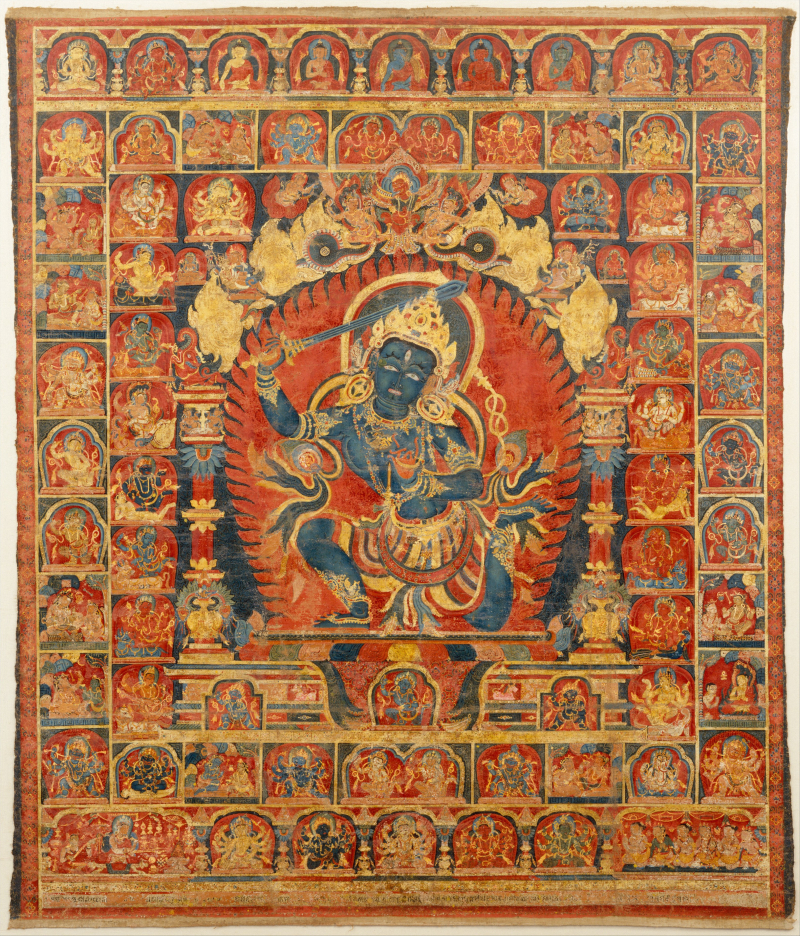Vajrayana
Vajrayana Buddhism, also called Tantric Buddhism or Esoteric Buddhism, originated in India during the early medieval period and spread to regions such as Tibet, Nepal, Bhutan, Mongolia, and Central Asia. It is recognized as the third major branch of Buddhism, alongside Theravada and Mahayana.
Vajrayana Buddhism is distinguished by its focus on tantric practices, encompassing a collection of esoteric teachings and methods aimed at swiftly attaining spiritual realization and enlightenment. These practices involve visualization, ritual, and the utilization of mantras and mandalas.
In Vajrayana Buddhism, it is acknowledged that everyone possesses a Buddha nature, similar to the belief in Mahayana. However, in Vajrayana, one's awakening depends on recognizing this inherent nature fully. As a result, adherents are not required to immediately give up vices like alcohol or smoking to embark on the path. Instead, they must commit to following the way, and gradually, the allure of unhealthy and detrimental behaviors will diminish.
It's essential to recognize that Vajrayana Buddhism is an advanced and esoteric path, and practitioners are encouraged to approach it with the guidance of qualified teachers. The teachings and practices of Vajrayana Buddhism can vary significantly across different lineages and traditions. Still, they all converge with the common goal of realizing one's innate Buddha nature and swiftly attaining enlightenment for the benefit of all sentient beings.












